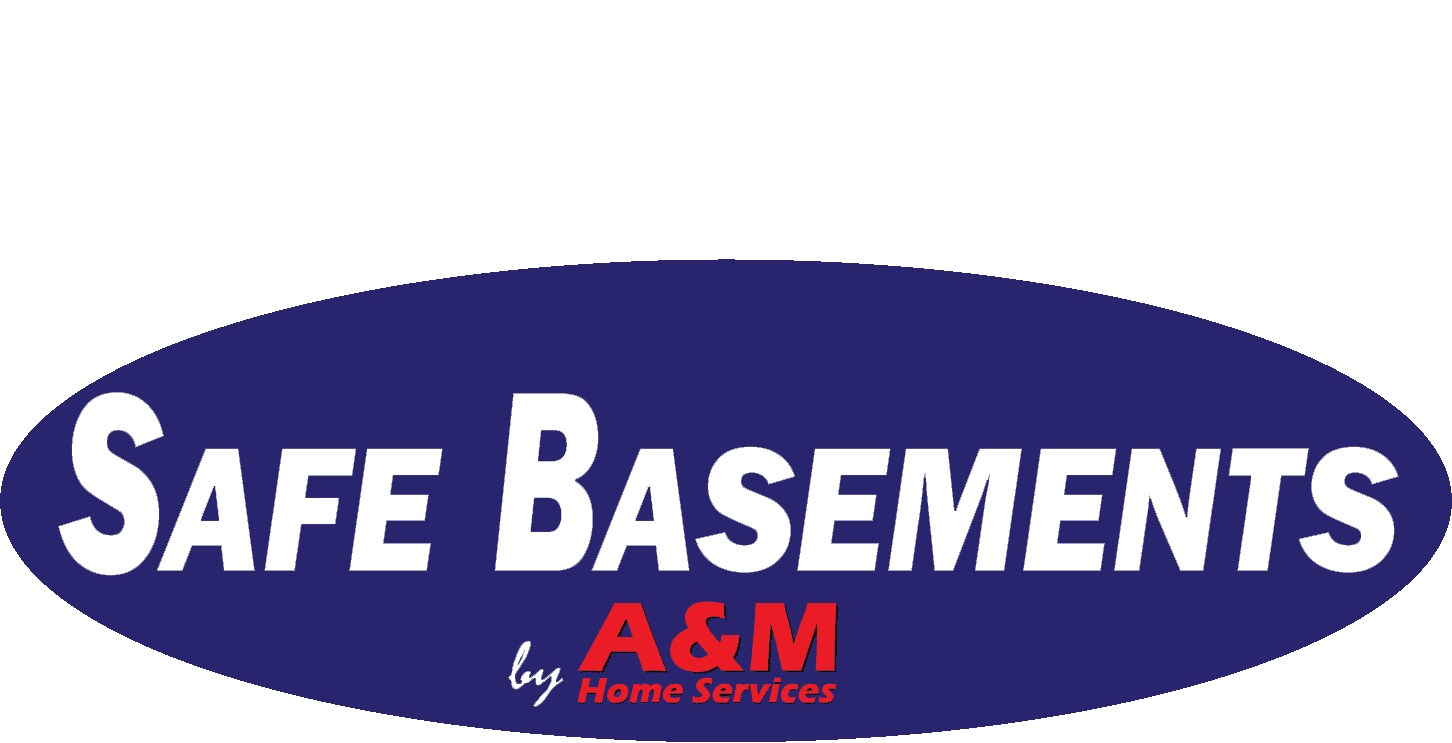Understanding How Basement Waterproofing Works
When it comes to protecting your home from water damage, few areas are as critical as the basement. For homeowners across Plymouth, Fort Wayne, South Bend, and the greater Northern Indiana region, understanding how basement waterproofing works can mean the difference between a dry, secure foundation and thousands of dollars in preventable repairs.
Understanding How Basement Waterproofing Works
Basement waterproofing is the process of making your basement resistant to water intrusion. Basement waterproofing services address a range of water issues, from minor seepage to major flooding. This can involve one or more methods, tailored to the type of water issue your home faces. Whether you deal with minor seepage or serious flooding, effective waterproofing begins with an inspection.
At A&M Home Services, our process starts with a free, no-pressure evaluation of your foundation, drainage, and interior signs of moisture. This inspection helps identify the root causes of water infiltration so we can tailor the best solution for your specific conditions.
Common Causes of Basement Water Intrusion
Basement water issues can arise from several sources, including water seeping or seeping through cracks and porous materials. Water can enter your basement in various ways, including:
- Hydrostatic pressure forcing water through floor or wall cracks
- Poor exterior drainage, such as clogged gutters, improper grading, or poor drainage around the ground and foundation
- Cracks in foundation walls from freeze-thaw cycles
- Window well or plumbing leaks
- Leaks occurring through foundation wall cracks or joints
- Basement leaks caused by water seeping through porous concrete or cove joints
- Rain water and heavy rain saturating the ground, raising the water table, and increasing hydrostatic pressure, which can lead to water seeping through structural vulnerabilities
Left unaddressed, these issues can cause:
- Mold and mildew growth
- Mold growth
- Dampness
- Moisture problems
- Warped flooring and damaged drywall
- Structural deterioration
- Water damage
Learn more about how to check your foundation for damage
Interior vs. Exterior Waterproofing Methods
Interior Waterproofing:
- Installation of sump pumps to remove excess water
- French drain systems and other interior drainage systems along the perimeter of the basement floor to collect and redirect water using pipes and drainage systems
- Interior drainage system installations, such as PVC pipe setups, to manage water inside the basement
- Application of interior sealants to prevent water and moisture from entering through wall cracks or porous concrete
- Wall vapor barriers to redirect moisture and prevent moisture buildup
- These methods help protect basement floors and the concrete floor from water intrusion
Exterior Waterproofing:
- Excavation to apply waterproofing membrane, waterproof coating, and other coatings to foundation walls
- Installation of exterior drainage systems, weeping tiles, and pipes to direct water away from around the foundation
- Use of waterproofing products and damp proofing as part of the process
- Foundation crack repair and sealants to prevent water from entering through cove joints, porous concrete, or cracks
- These methods help prevent water and excess water from accumulating around the foundation and entering the basement
Both methods may be recommended for comprehensive protection.
Basement waterproofing methods are chosen based on the type of foundations, the condition of the ground, and the need to prevent water from being forced into the basement. Protecting basement floors and floors from water seepage is a key goal. A reliable drainage system and drainage systems are essential for directing water away from around the foundation to prevent water intrusion.
Why Waterproofing Is Crucial in Indiana’s Climate
Northern Indiana’s climate is known for its heavy snow in winter and intense rains in spring. This freeze-thaw cycle puts enormous stress on concrete and soil, increasing the risk of foundation cracks and water seepage. Construction quality and the materials used play a crucial role in how vulnerable a basement is to water intrusion. Additionally, too much water from snowmelt or rain can overwhelm drainage systems if not properly managed.
That’s why Indiana homeowners—from Kendallville to Mishawaka—rely on our climate-adapted solutions. With 14+ years in business, A&M Home Services knows exactly what it takes to keep basements dry year-round. Choosing waterproofing solutions with long term effectiveness is essential to withstand Indiana’s challenging climate.
Our Step-by-Step Waterproofing Process
- Inspection & Diagnosis – We locate all entry points, evaluate damage, and identify the underlying causes of water intrusion
- Customized Plan – Interior, exterior, or hybrid approach tailored to your specific waterproofing project requirements based on our findings
- Installation – We use top-tier products like sump pumps, drain tiles, and moisture barriers
- Final Walkthrough – We ensure the job is done right and educate you on maintenance
Implementing preventive measures, such as water alarms or backup sump pumps, is essential to avoid future water issues.
We treat every home as if it were our own—because trust is what we build alongside your foundation.
Maintenance Tips for Lasting Protection
- Clean gutters and extend downspouts
- Check your sump pump monthly
- Inspect basement walls after heavy storms
- Use a dehumidifier during summer months
Regular maintenance ensures that your system remains effective year after year.
Get a Free Waterproofing Inspection
Don’t wait for mold or standing water to make you act. If your basement shows signs of leaks, odors, or cracks, schedule a free waterproofing inspection today.
Protect your home in Plymouth, South Bend, or Fort Wayne with A&M Home Services.
Contact us now to book your inspection or call 574-318-3326.
Frequently Asked Questions
How do I know if my basement needs waterproofing?
Signs include water stains, musty odors, visible mold, foundation cracks, and pooling water after storms.
What is the best method for waterproofing a basement?
It depends on your situation. Interior systems are great for managing water after it enters, while exterior methods prevent it from getting in. Often, a combination works best.
Is waterproofing a basement worth the cost?
Absolutely. Waterproofing prevents costly structural damage, protects your belongings, and increases your home’s value.
How long does the waterproofing process take?
Most installations are completed within 1–3 days, depending on the scope of work.
Does A&M Home Services offer warranties?
Yes. We back our waterproofing work with warranties for your peace of mind.
 574-318-3326
574-318-3326






